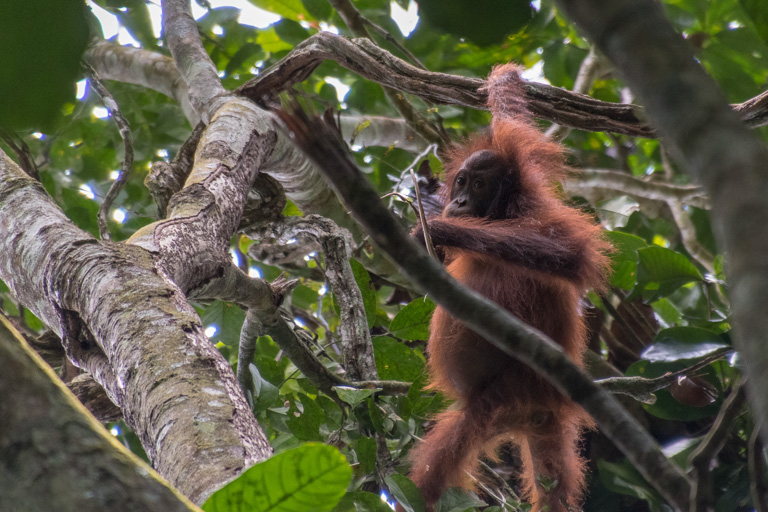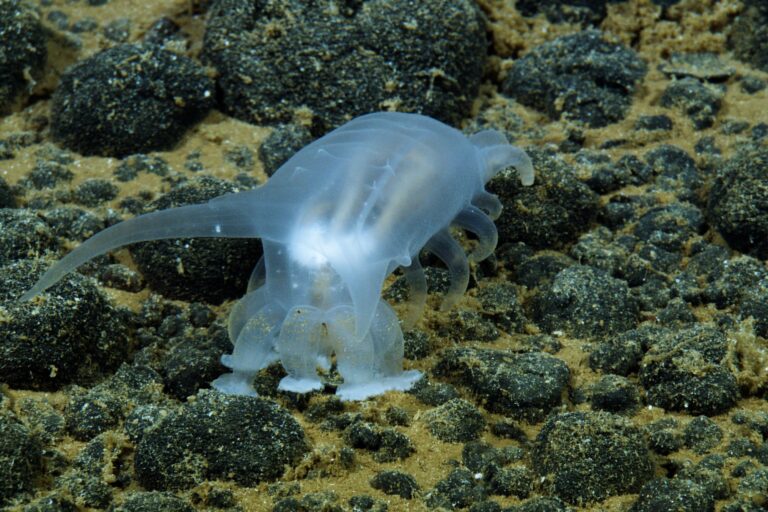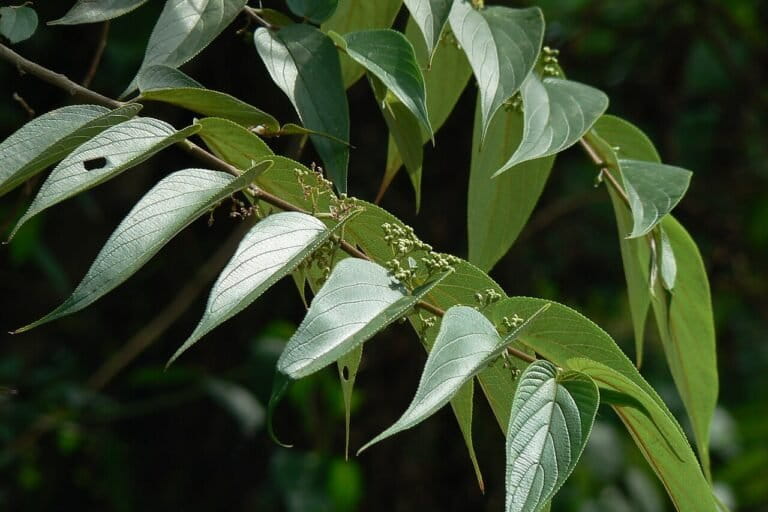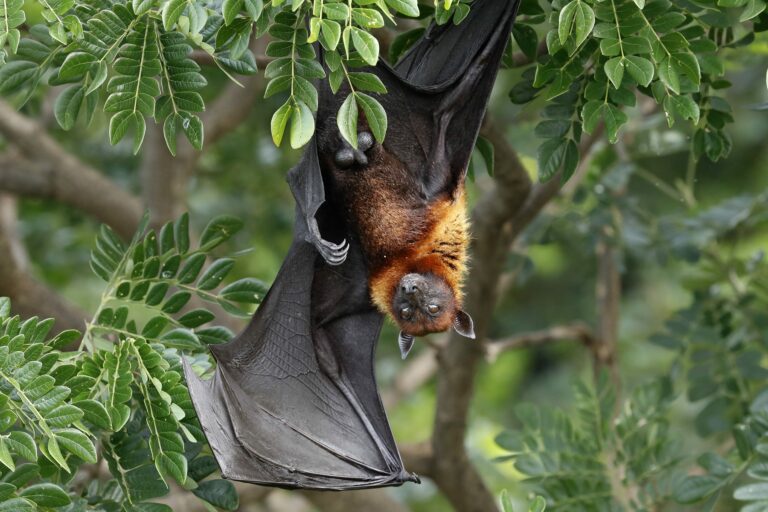- The Commission for the Conservation of Southern Bluefin Tuna (CCSBT), a multilateral body that manages the stock of southern bluefin tuna, held its annual meeting Oct. 6-9 in Bali, Indonesia.
- Indonesia pushed for a larger share of the global catch, which is currently dominated by Australia and Japan, but CCSBT members instead kept each nation’s share unchanged.
- Members also agreed to once again fully fund a key stock monitoring program, and to set up a future meeting for discussion of seabird protection in the fishery, amid criticism from conservationists that the commission hasn’t done enough to protect seabirds.
Australia and Japan dominate fishing of southern bluefin tuna, but Indonesia is pushing for a larger share of the global catch. However, its request was not officially acted on at a meeting of the Commission for the Conservation of Southern Bluefin Tuna (CCSBT), the multilateral body that manages the stock, which Indonesia hosted from Oct. 6-9 on the island of Bali.
CCSBT members instead kept each nation’s share unchanged. Indonesia expressed disappointment in the result, having argued that the allotment system is inequitable and unfair to developing countries.
“Indonesia views that the current allocation system has not paid due regard to the principles of equity and fairness in international law, which the preamble of the CCSBT Convention emphasizes,” Sakti Wahyu Trenggono, Indonesia’s fisheries minister, said in a statement at the meeting, according to the meeting’s official report viewed by Mongabay.
Indonesia’s fleet has been cited for compliance-related issues — not following the fishery’s rules — which other parties raised as an issue in the discussion over the country’s share.
While much attention at the meeting was on Indonesia’s request, the parties also dealt with other matters. They kept the total allowable catch (TAC) for all parties the same for 2026 as 2025, and they agreed to once again fully fund a key stock monitoring program. They also set up a future meeting for discussion of seabird protection in the fishery.

Of the fish
The CCSBT, which came into force in 1994, is one of the world’s five regional fisheries management organizations (RFMOs) dealing with tuna, and an unusual one. Whereas the others cover geographical areas, such as the eastern Pacific, and manage the harvest of multiple species within that area, the CCSBT is focused only on one species, Thunnus maccoyii, and manages it throughout its entire range, which overlaps with three other tuna RFMOs.
Southern bluefin tuna populations are heavily exploited for the sashimi market, most notably in Japan.
Many experts say the species’ management has been a success story. The species, which has a very high market value, largely due to demand for sashimi in Japan, was overfished in the past, peaking in the early 1960s at about 80,000 metric tons per year. The CCSBT implemented one of the world’s first “management procedures,” or harvest strategies, for any tuna species in 2012, and the population is now up to about 22% of its historical size, from 5% in 2010. The CCSBT’s aim is to get it to 30% by 2035. The IUCN, the global wildlife conservation authority, eased the species’ conservation status from critically endangered to endangered in 2021 due to the stock improvements. (Of the seven “major” tuna species, it’s the only one with an endangered listing; four are listed as “least concern.”) There’s even been an impact on stock management at other RFMOs.
“The management procedure for southern bluefin tuna has been the gold standard for tuna management procedure development,” Glen Holmes, senior officer on the RFMO team at Pew Charitable Trusts, a U.S.-based think thank, told Mongabay.
The management procedure for 2024-2026 dictates that the TAC for the species is 20,647 metric tons per year, and the parties opted to stay at that level for 2026, as expected. The scientific committee has, in following the management procedure, recommended a 3,000 metric ton increase for 2027-2029, which wasn’t formally adopted this year but is expected to be next year.
The contentious part is not the total catch but how it’s allotted across countries. Indonesia requested an increase from 1,366 metric tons (6.6%) to at least 3,000 metric tons per year, or to 15% of the future TAC.
“The strength of the CCSBT lies not only in science and compliance, but also in solidarity and fairness,” Trenggono, the fisheries minister, said at the meeting.
The request led to an extensive back and forth between the Indonesian delegation and other parties that’s detailed in a meeting report shared with Mongabay by the CCSBT secretariat. Other delegations raised concerns about Indonesia’s compliance record; the country’s fleet has caught more than its share of the TAC in the recent past, and is currently in a “payback” program to make up for it, which effectively reduces its allowed catch below 1,366 metric tons. Indonesia also hasn’t been in compliance with transshipment rules that deal with ship-to-ship transfer of fish, though the secretariat noted that the country has made some progress on transshipment.

The Japanese delegation made its opposition to Indonesia’s proposal clear in its opening statement, according to the meeting report.
“Japan appreciates Indonesia’s initiative and acknowledges that its status as a coastal state with spawning grounds of Southern Bluefin Tuna within its EEZ [exclusive economic zone],” the statement said. “That said, Japan believes that the Allocation Percentage should be determined primarily based on each member’s historical contributions to resource management and the long-standing negotiation process. In our view, the drastic change in the figures may not adequately reflect these considerations.”
When no decision to the Indonesian proposal was reached, Indonesia’s delegation expressed “disappointment” and indicated it would be “evaluating its participation in CCSBT,” according to the meeting report.
Pew is one of the few NGOs engaged in the CCSBT. The organization doesn’t have a position on the share allocation, focusing instead on the health of the stock.
At the meeting, Pew pushed for the automatic adoption of any scientific advice that emerges from the management procedure process. Since 2021, instead of this automated process, the CCSBT’s rules have allowed parties to consider data from the sashimi market and from southern bluefin tuna ranches in Australia before deciding on a TAC. (Australia-flagged purse seiner vessels capture young southern bluefin tuna at sea and tow them to ocean pens where they’re fattened up for market.) This “decoupling” of the management procedure from the TAC raises the possibility of political or commercial pressure affecting decisions. However, in practice, nations have so far used management procedure TACs, according to Holmes. At the Bali meeting, the parties didn’t discuss Pew’s advice to end the decoupling.
However, the parties did make one move that conservationists applauded: They fully funded a gene tagging program that allows for fisheries-independent monitoring of the stock, data from which is used in the management procedure. The program, which is expensive, wasn’t fully funded this past year, threatening the viability of the species’ management.
“The gene tagging program is back in place, which means that the data that feeds into the management procedure will again flow,” Holmes told Mongabay. “And that is definitely a good thing.”
Holmes cautioned that the funding is only for 2026, so the issue would be on the table again next year.
Despite the progress the southern bluefin tuna stock has made over the last 15 years, not all experts agree that the turnaround should be considered a success. Some argue the targets should be more ambitious.
“I would just say that an apex predator reduced to less than a quarter of its historic population is not a success story,” Spencer Roberts, a Ph.D. candidate in marine ecology at the University of Miami in the U.S., told Mongabay in an email. “Stabilizing a population at 70% depletion from its historic levels is a sad conservation goal and it’s sadder yet that even that has not been met given how much time we have had.”

For the birds
The commission also finalized a model for studying seabird impact, accepting a technical report on the issue, and agreed, under a push from Australia and New Zealand, to discuss management actions at a meeting early in 2026. Seabirds such as albatrosses and petrels can be drowned by the baited hooks used by longline fishing vessels, many of which, in this fishery, are Japanese-flagged.
Stephanie Borrelle, a coordinator at U.K.-based NGO BirdLife International, told Mongabay that if history is any precedent, no meaningful action will come from that meeting, “but let’s hope we can put enough pressure on the right places.”
The CCSBT and overlapping RFMOs have long failed to take needed steps to protect seabirds, Borrelle said. She named Japan and Taiwan as two members that have resisted reform. Delegation members from Japan and Taiwan both strongly disputed this claim. Taisuke Iwano, assistant director of Japan’s fisheries agency, told Mongabay in an email that Japan is a “leading member” on seabird protection and is “working on certain improvements” regarding compliance. Jia-Hao Chang, an associate technical specialist at Taiwan’s fishing agency, told Mongabay that Taiwan is taking “firm action” to ensure vessels’ compliance with rules to protect seabirds and has a “commitment to enforcement and punishment for non-compliance”; Taiwanese-flagged vessels operate under domestic laws that are in some cases stricter on seabird protection than RFMOs’ rules, Chang added.

An observer from the Agreement on the Conservation of Albatrosses and Petrels (ACAP), a multilateral agreement with 13 member states, including a few CCSBT members, also expressed frustrations with the CCSBT’s approach to seabird protection in an opening statement in Bali.
“Long-standing problems remain for several CCSBT members in the effective implementation of mandatory seabird mitigation measures, and in avoiding or minimizing seabird bycatch and reducing seabird bycatch rates,” the statement said. “Each year these members commit to future efforts to improve their performance with respect to ERS [ecologically related species]. Each subsequent year the reports by these members reveal the inconsequential effect of any intervening actions.”
ACAP called for the establishment of area-based protections for seabirds, including in the Tasman Sea between Australia and New Zealand.
Members of the Indonesian delegation didn’t respond to requests for comment for this article. The Indonesian fisheries ministry required a journalistic inquiry process that couldn’t be completed by press time.
Banner image: A southern bluefin tuna fished near Victoria, Australia. Image by Ed Dunens via Flickr (CC BY 2.0).
Tuna talks bring wins for Indian Ocean sharks, but more needed, experts say
Feedback: Use this form to send a message to the author of this post. If you want to post a public comment, you can do that at the bottom of the page.














